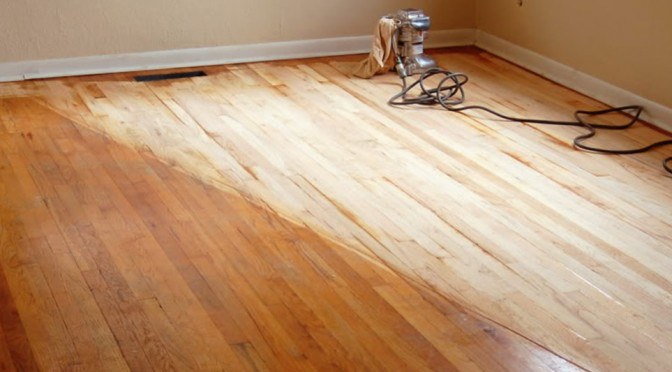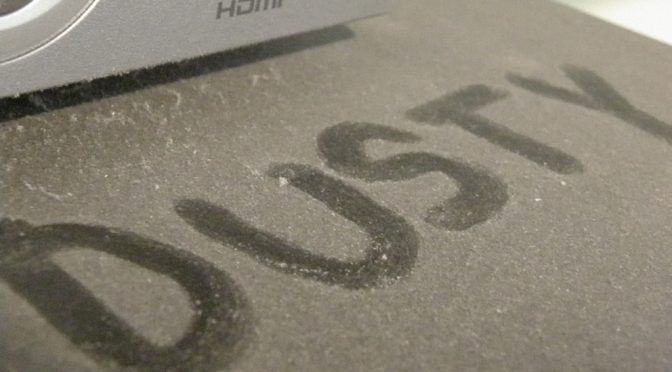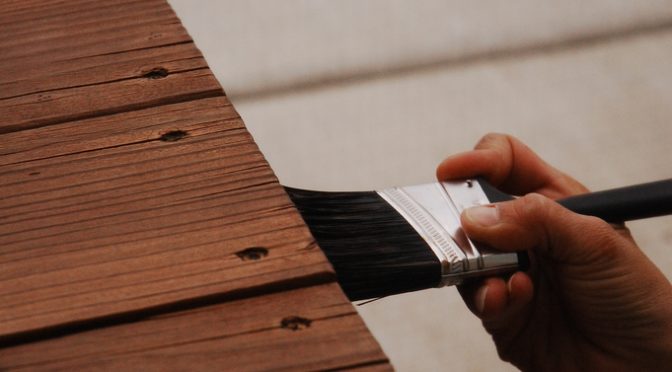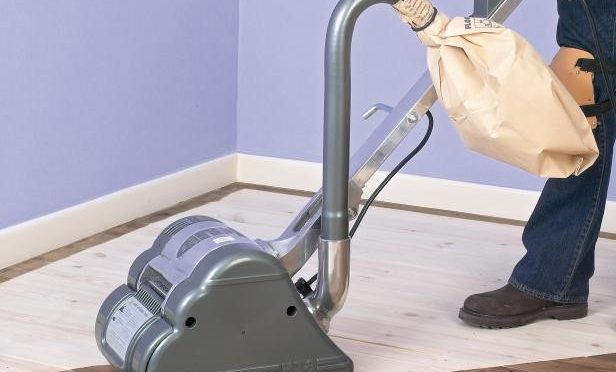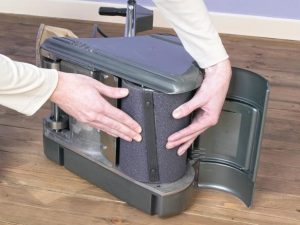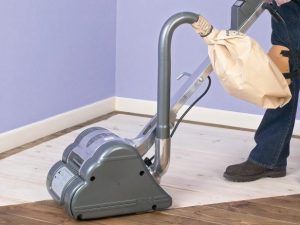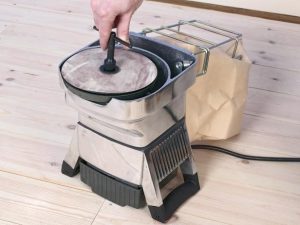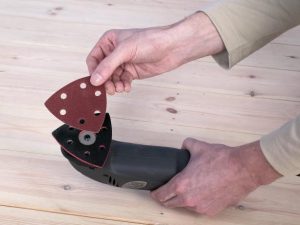Top tips to help you get sanding
In the interest of saving money, you may opt to sand your own pine floors. All this requires is the hire of the high-quality tools that we supply here a The Floor Sander Hire Co. Some of the companies you hire in to do the job may only be interested in the pay. However, sanding pine floors does not always have to be an expert-only job. With time you’ll benefit from the importance of doing this job for yourself. You save some money and the quality of work you do is better. Though most floors are made of hardwood, pine is a soft wood. The procedure used for sanding softwood floors is not the same as the one for hardwood floors. A gentle and soft touch is a very important consideration when doing this job. An electric sanding machine is the best choice if you want to complete the work quickly, though doing it by hand is still an alternative. Continue reading Beginners Guide to Sanding Pine Floors

